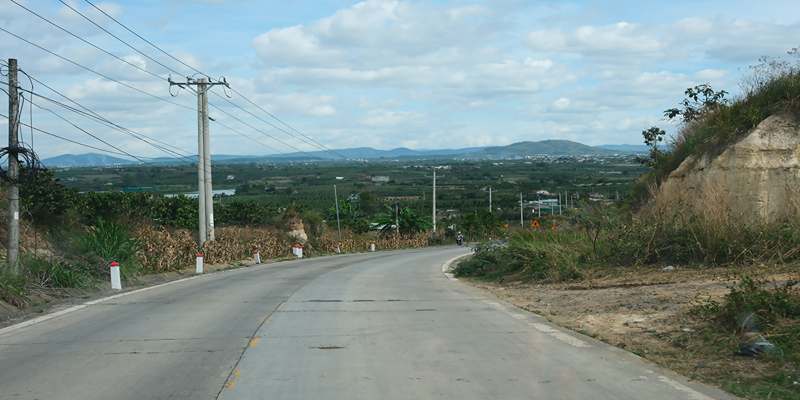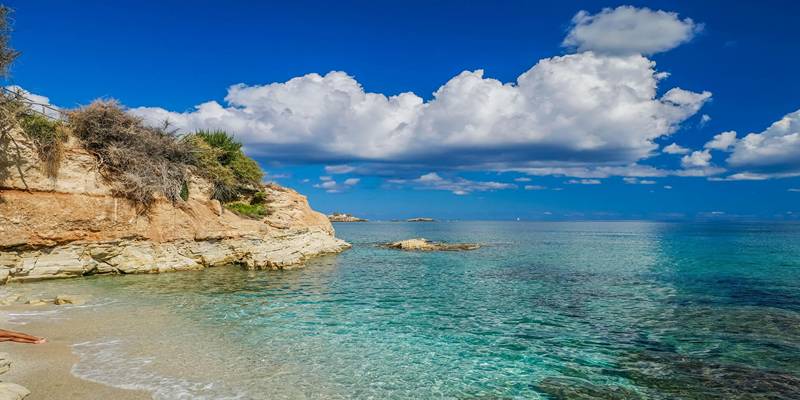The biggest of Greece's islands, Crete, is a beautiful place to visit that is full of history, nature, and Mediterranean culture. There is something for every traveler in Crete. It has ancient ruins, cute mountain towns, and a rough coastline with both quiet coves and famous beaches. People from all walks of life visit the island, but it's often thought to be expensive, especially during the busy season.
For those traveling on a budget, Crete can still offer an advantageous experience. Here are 10 budget-savvy tips that make it possible to experience this iconic Greek island while keeping costs under control.
1. Travel During the Shoulder Seasons
Peak tourist months in Crete—typically July and August—are marked by crowded beaches and inflated prices on everything from hotels to car rentals. Budget-conscious travelers benefit from visiting during the shoulder seasons, specifically from April to early June or September to mid-October.
During these months, the weather remains warm and sunny, yet airfare, accommodations, and even tour prices are significantly lower. Beaches are more peaceful, restaurants less crowded, and locals have more time to engage with visitors, offering a more authentic Cretan experience.
2. Stay Outside Major Tourist Hubs
Crete’s larger cities, such as Heraklion, Chania, and Rethymno, are popular for good reason, but they also command higher prices for accommodations and meals. Travelers willing to stay just outside these areas or in lesser-known inland villages can save considerably.
Smaller towns like Archanes, Anogeia, or Myrtos offer lower accommodation rates and an immersive cultural setting. These villages often feature family-run guesthouses or small studios that offer local charm without the tourist markup.
3. Use Crete’s Reliable Public Transportation

Crete has an extensive and well-maintained public bus network that connects major cities, towns, and even many remote villages. The KTEL buses, in particular, provide affordable and frequent service.
Instead of renting a car—which can be expensive when factoring in fuel and insurance—travelers can explore much of the island using public transportation. For those wanting to visit off-the-beaten-path spots, combining bus travel with occasional taxi rides still proves more economical than a complete car rental.
4. Book Flights and Ferries Early
Travel to Crete is accessible via air and sea. The island has multiple airports, with Heraklion and Chania offering frequent connections to Athens and other European cities. Ferries also run regularly from Piraeus (Athens) to various ports on the island.
Booking tickets in advance is crucial for saving money. Budget airlines often release deeply discounted fares several months ahead, and ferry companies provide early-bird deals during the spring. Avoiding weekend travel and holidays can also result in better prices.
5. Choose Budget Accommodations
Crete is home to a wide range of budget-friendly accommodations. In addition to affordable hostels and family-run pensions, many apartments and studios include kitchen facilities, making them ideal for travelers looking to cook some of their meals.
Preparing simple breakfasts or dinners using fresh produce from local markets can significantly reduce daily expenses. These types of accommodations also often include added value like free Wi-Fi, beach towels, or even complimentary homegrown fruit and olive oil.
6. Eat Like a Local and Avoid Tourist Traps
Cretan cuisine is renowned for its flavor, freshness, and simplicity. Eating like a local, away from main tourist strips, offers more authentic food at lower prices. Small tavernas and ouzeries often serve hearty meals at a fraction of what larger restaurants charge.
Meze-style dining, where multiple small dishes are shared, is not only cost-effective but also a great way to sample a variety of local specialties. Tap water in Crete is safe in many areas, reducing the need to buy bottled drinks.
7. Take Advantage of Free Beaches and Natural Attractions
Crete’s most beautiful attractions—its beaches, mountains, and scenic landscapes—are often completely free to enjoy. From the pink sands of Elafonissi to the sweeping bay of Falassarna, many of Crete’s iconic coastal spots require no entrance fee.
Nature lovers can also explore gorges like Imbros and Agia Irini for a small fee or hike the Samaria Gorge, which is moderately priced and worth every euro. Inland, scenic plateaus and olive groves offer quiet beauty that doesn’t cost a thing to experience.
8. Skip Expensive Tours and Go DIY
While guided tours are convenient, they can quickly add up. Fortunately, much of Crete can be explored independently with minimal planning. Popular attractions such as Knossos Palace, the old towns of Chania or Rethymno, and many historical sites provide signage or mobile apps with information in multiple languages.
Budget travelers can also download free walking tours or invest in a low-cost digital travel guide. When more structure is desired, group tours tend to be more economical than private ones and often include transportation and lunch.
9. Attend Free Local Events and Festivals

Cretan villages frequently host traditional festivals, particularly during the summer and religious holidays. These events often feature live music, local food, and cultural performances—all of which are free to attend or request only a modest donation.
Checking community bulletin boards, local social media pages, or tourist information centers can help identify nearby events during a stay. Attending a village celebration or local market provides cultural richness that’s budget-friendly and unforgettable.
10. Travel Light and Avoid Unnecessary Extras
Keeping luggage light not only simplifies transit but can also save on airline fees. Many budget airlines flying into Crete charge extra for checked bags. Packing smartly reduces those costs and makes moving between destinations easier.
Avoiding tourist-oriented shops for souvenirs is another way to stay on budget. Instead, travelers might consider local products like herbs, small olive oil bottles, or handmade soaps, which are affordable and meaningful mementos.
Conclusion
Crete offers endless appeal for travelers—ancient ruins, breathtaking coastlines, charming towns, and genuine hospitality. Fortunately, experiencing this island doesn’t require a lavish budget. With thoughtful decisions and a willingness to embrace local culture, even a modest travel budget can stretch surprisingly far. By choosing when to travel, where to stay, and how to explore, visitors can fully immerse themselves in all that Crete offers.












